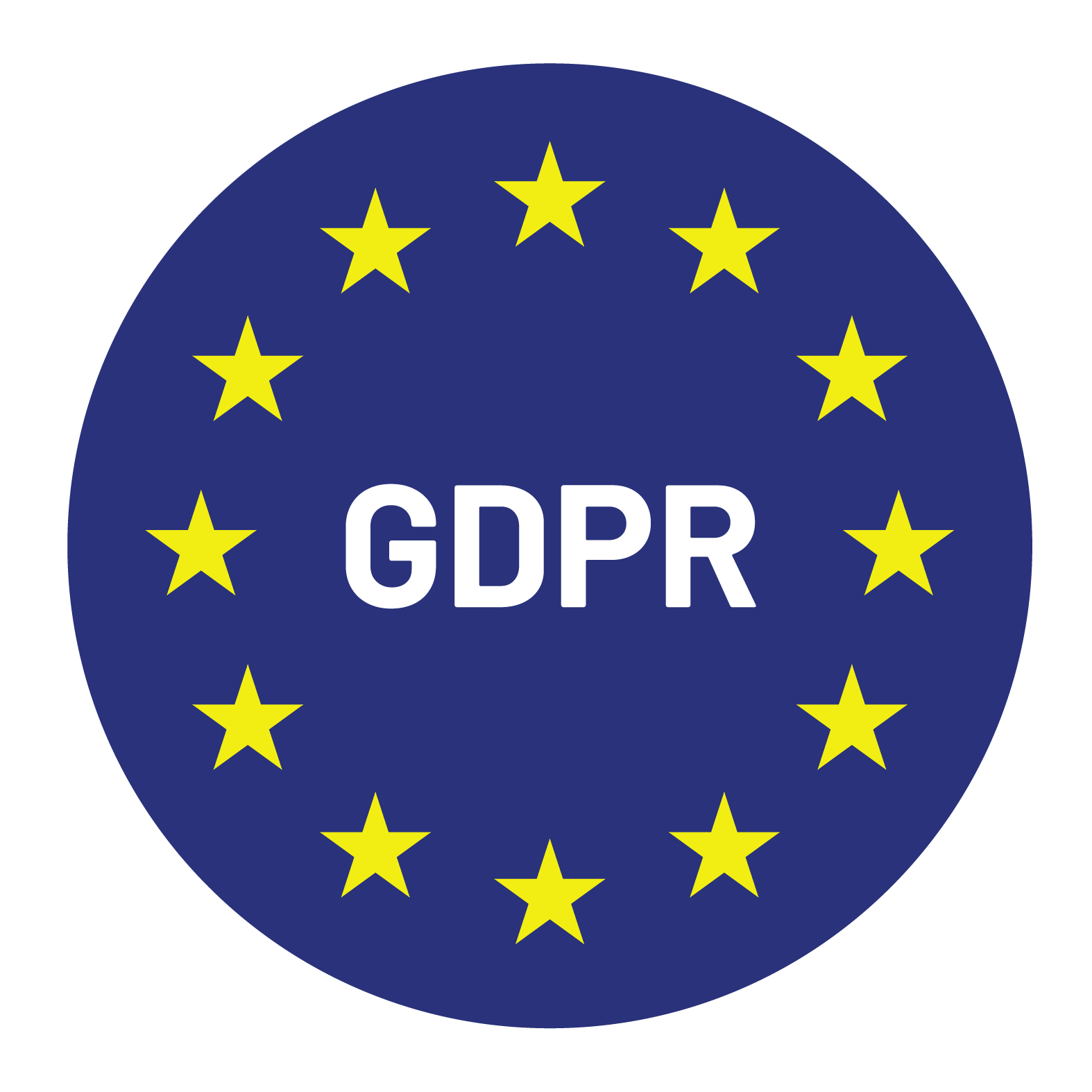

Content Writer for Whistle with multidisciplinary experience spanning over a decade.
You’ve set ambitious sales targets. Your pipeline needs more qualified leads. And the pressure to deliver results is building. You know SDR support isn’t optional; it’s overdue.
What happens next often sets the tone for your entire revenue strategy: Do you build an in-house SDR team from scratch? Or do you buy the capability by outsourcing to a team that’s already operational and trained?
This isn’t just a hiring decision. It’s a strategic one. How you approach sales development, who’s doing the work, how fast they can ramp, and how closely they align with your goals has long-term consequences for growth, efficiency, and internal capacity.
Both options have their strengths. Both come with trade-offs. What matters is how well each path matches your sales development needs, your internal readiness, and your tolerance for risk.
Before weighing models, the most productive place to start is with clarity. Companies often jump straight into sourcing candidates or meeting with agencies, without asking the most important question: What do we need from an SDR team?
Start with lead generation goals. Are you trying to hit a specific number of meetings per month? Build brand awareness in new markets? Test messaging in a new vertical? The clearer the target, the better you can assess what kind of team structure will support it.
Next, consider the budget. Not just what you want to spend, but what you’re realistically prepared to allocate across recruitment, salaries, tech stack, training, and management if you build internally, or monthly contract costs if you outsource.
Timeline is another key variable. If you need results in 30 days, building in-house may not be the best use of time. But if you have six months and want a team fully immersed in your company culture, it might be worth the investment.
Industry knowledge and technical complexity matter too. Some sales cycles require deep product understanding. Others don’t. Ask yourself what level of ramp-up your SDRs will face, and whether that onboarding is better done in-house or externally.
Lastly, think about integration. How will SDRs fit into your existing sales and marketing structure? Who’s managing them? What support do they need to succeed?
Every business is different, but one thing is consistent: guessing your way through this process costs more in the long run than planning it properly upfront.
Some companies prefer to build their SDR function in-house. Done well, it creates a team that reflects your internal culture, works closely with sales and marketing, and becomes deeply familiar with your product.
When you hire directly, you shape how the SDR team operates from day one. You can define processes that match your workflow, ensure alignment with your brand voice, and build internal loyalty. There’s no middle layer between your business and the people doing outreach.
In-house SDRs sit closer to your AE team. They attend internal standups, hear product feedback in real time, and can collaborate more easily with marketing on messaging and target accounts. Communication is faster and often more consistent.
Over time, in-house teams develop a playbook based on what works for your buyers, your segments, and your product positioning. That knowledge stays inside the company and compounds over time, as long as you retain your top performers.
But building internally isn’t without cost.
Hiring SDRs means investing in salaries, benefits, onboarding, and sales tools. Add the time it takes to interview, onboard, and coach new hires, and the true cost is much higher than the job description implies.
Even strong SDR hires take time to ramp. They need to learn your ICP, product value, sales motion, and systems. That delay can affect your short-term targets and increase the pressure on other teams to carry the load in the meantime.
SDR teams don’t run themselves. You’ll need experienced leadership, someone who knows how to coach, motivate, and hold reps accountable. That adds another layer of hiring, salary, and strategy.
If demand surges, scaling an in-house team takes time. If it drops, you may find yourself with excess headcount. Building gives you control, but it doesn’t always give you flexibility.
The alternative to building is buying. In this context, “buying” means partnering with a specialized provider who supplies experienced SDRs and manages the operation on your behalf. Done right, it offers speed, scalability, and access to refined outreach strategies.
Outsourced SDR teams are already trained, equipped, and ready to go. You can brief the partner on your ICP, messaging, and goals, and often start seeing qualified leads within weeks instead of months. When you need to scale, they can ramp capacity quickly.
Experienced providers bring tested processes, established systems, and industry benchmarks. They’ve seen what works and what doesn’t across different sectors, regions, and segments. You get access to that knowledge without having to build it internally.
Outsourcing typically comes with fixed monthly pricing. You avoid recruitment fees, tool licensing, and the management overhead that comes with in-house teams. It’s not always cheaper in the long run, but it’s often more predictable, especially when internal resources are stretched thin.
You can increase or decrease your SDR allocation based on business needs without committing to long-term headcount. That makes outsourced models well-suited to pilot programs, seasonal spikes, or fast-changing priorities.
Still, there are limitations.
You’re not managing the team. That can be a benefit or a drawback, depending on your leadership style. If you’re used to daily coaching and tight process oversight, it may feel unfamiliar.
External SDRs aren’t immersed in your company culture in the same way as full-time employees. They might miss internal updates or lack informal context. That gap can be closed with tight collaboration, but it requires intentional effort on both sides.
Outsourcing a key part of your go-to-market strategy introduces dependency. If communication breaks down, results can slip. That’s why partner selection is one of the most important decisions you’ll make in this model.
Not all providers are equal. Look for teams with a clear understanding of your sector, strong reporting practices, and a collaborative approach. Strategic outsourcing only works if there’s shared accountability and transparency.
At Whistle, we’ve worked with companies on both sides of the decision, supporting outsourced campaigns and advising on in-house builds. The best results come from clarity up front and consistency in execution.
Start with urgency. If you need qualified leads in the next 60 days, outsourcing is more likely to deliver. If you’re building for next year and have the internal runway, building could be worth the investment.
Budget matters, not just how much, but how flexible it is. Consider the total cost of ownership, not just line items.
Think about your internal bandwidth. Who’s managing the SDRs? Who’s writing the scripts? Who’s optimizing performance? If those answers aren’t clear, buying buys you time.
And ask yourself where sales development sits in your long-term strategy. Are you building an engine you’ll scale over five years, or testing a motion that may change again in 12 months?
There’s no perfect answer, just better alignment between your goals and your execution.
You might build in-house if:
You might buy if:
There’s no single formula for getting sales development right. What matters is clarity, consistency, and choosing the model that supports your goals, not someone else’s playbook.
Whistle helps growth-focused companies design sales development strategies that match real business needs. We’ll help you assess what your business actually needs, pressure-test the assumptions behind your current plan, and build a strategy that delivers — fast, efficiently, and without wasted effort.


© Copyright – Whistle 2023